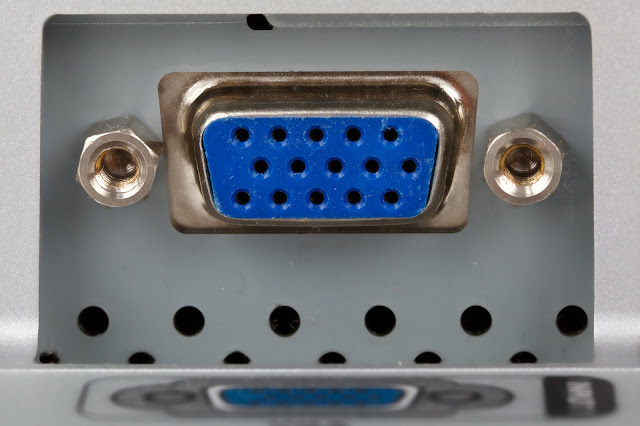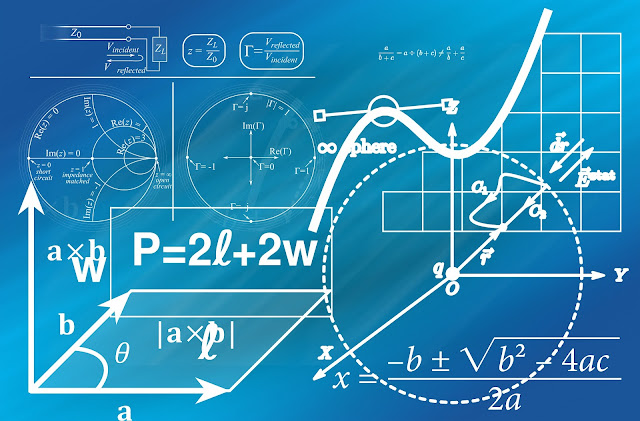Temperature is more likely than not the most ordinarily measured
marvel in data acquisition. Regardless of whether the application is far
below the ocean, on the interstate, noticeable all around, or in
profound space, temperature assumes a key part in numerous systems. The
most widely recognized temperature sensors are the Thermocouple, the RTD
(Resistance Temperature Detector), the Thermistor, and the
Semiconductor temperature sensor. Whole books have been composed with
respect to temperature estimation and a top to bottom scope is past the
extent of this article, yet we will offer the accompanying abridged
exchange which ought to give enough data to most clients in many
applications. 1.16.1 Which Sensor to Use?
Much of the time, more than one of the temperature sensor sorts would give the required outcomes. Be that as it may, considering just the accompanying variables will quite often indicate a reasonable most loved for a given application. These factors are:
• Accuracy / Sensitivity
• Temperature Measurement Range
• Cost
• System Simplicity
The Thermocouple (a.k.a. TC) is the workhorse of the temperature estimation world. It offers an exceed expectations loaned mix of sensible exactness, wide temperature measuring range, ease, and can be measured with straightforward inputs. The RTD offers extraordinary precision, repeatability, and a wide estimation run yet is genuinely costly and is to some degree complex to utilize. Curiously, thermistors run from extremely modest, low precision gadgets the distance to exceptionally costly, high exactness units. The thermistor measures temperature over a genuinely constrained range and is to some degree complex to utilize. At long last, the semiconductor sensor offers sensible precision, a restricted estimation extends, and can be observed with basic systems. Semiconductor sensors are likewise exceptionally reasonable.
Much of the time, more than one of the temperature sensor sorts would give the required outcomes. Be that as it may, considering just the accompanying variables will quite often indicate a reasonable most loved for a given application. These factors are:
• Accuracy / Sensitivity
• Temperature Measurement Range
• Cost
• System Simplicity
The Thermocouple (a.k.a. TC) is the workhorse of the temperature estimation world. It offers an exceed expectations loaned mix of sensible exactness, wide temperature measuring range, ease, and can be measured with straightforward inputs. The RTD offers extraordinary precision, repeatability, and a wide estimation run yet is genuinely costly and is to some degree complex to utilize. Curiously, thermistors run from extremely modest, low precision gadgets the distance to exceptionally costly, high exactness units. The thermistor measures temperature over a genuinely constrained range and is to some degree complex to utilize. At long last, the semiconductor sensor offers sensible precision, a restricted estimation extends, and can be observed with basic systems. Semiconductor sensors are likewise exceptionally reasonable.






